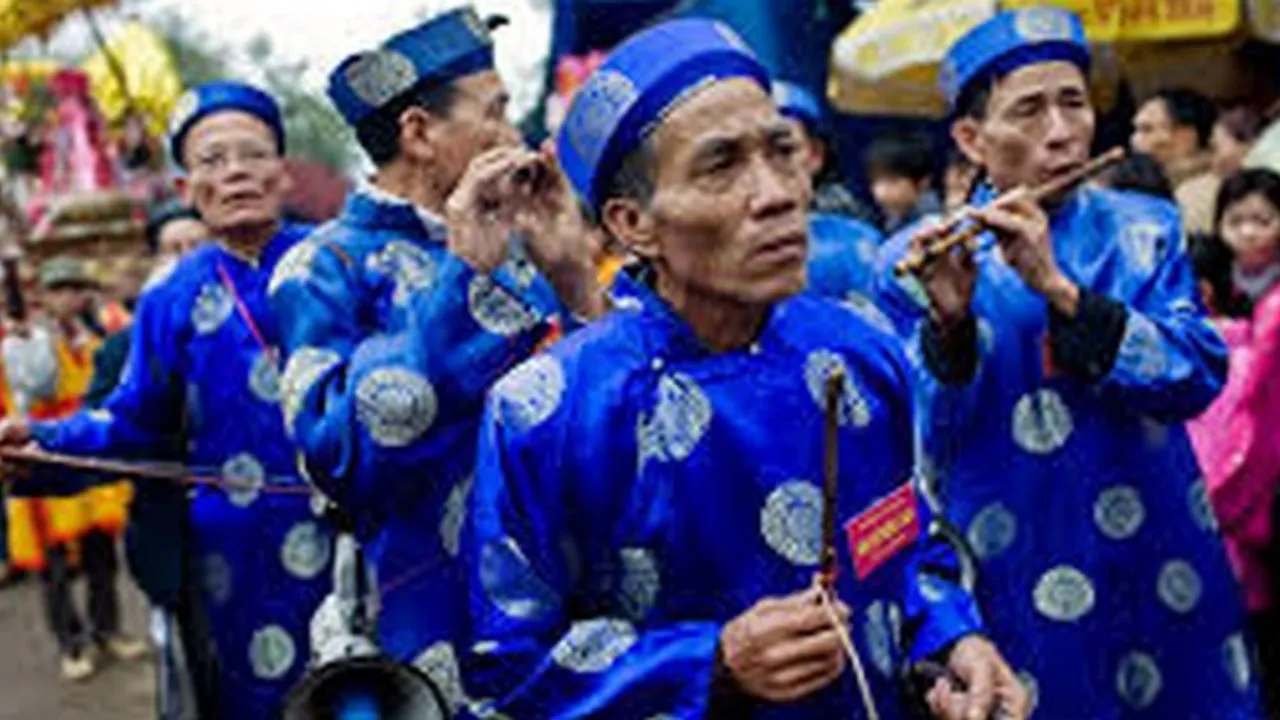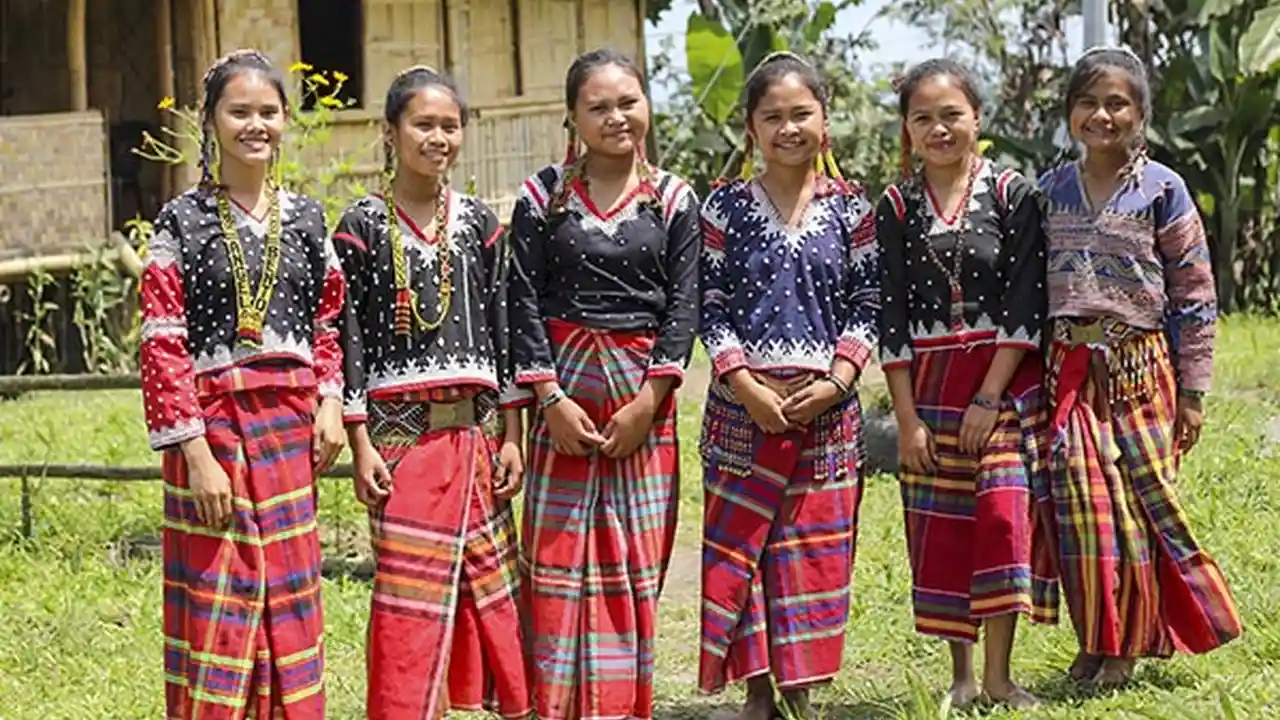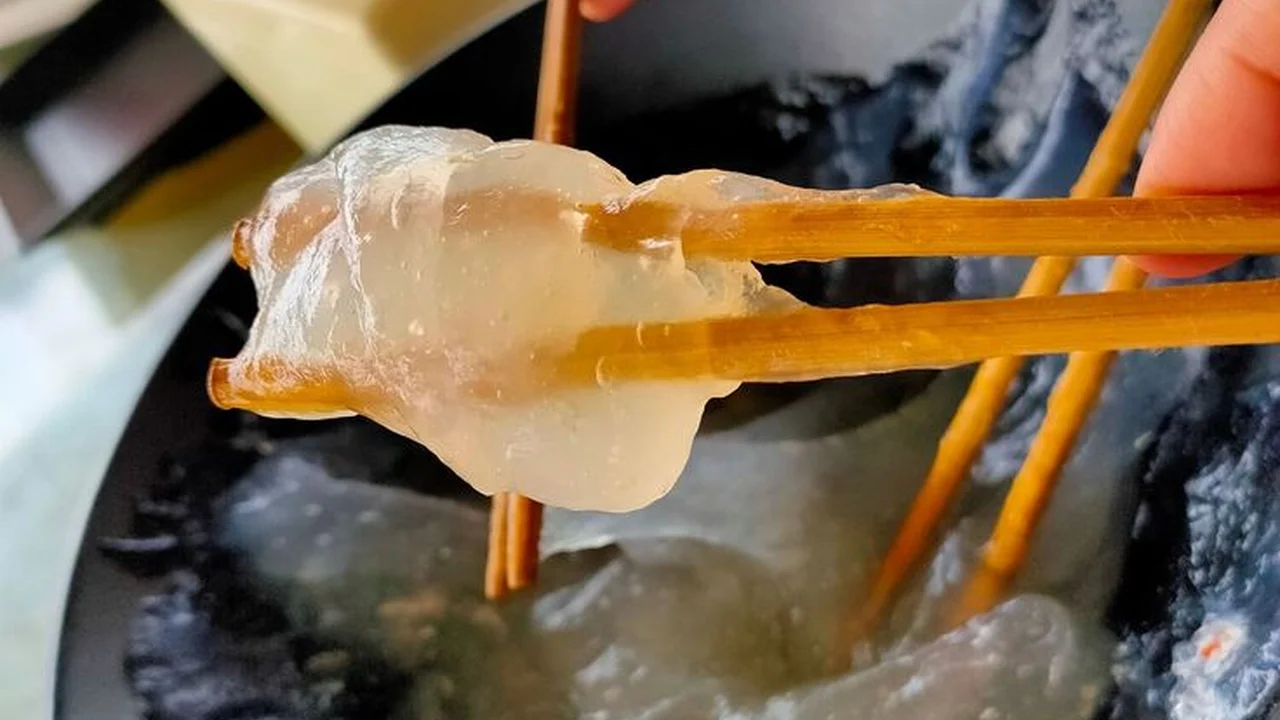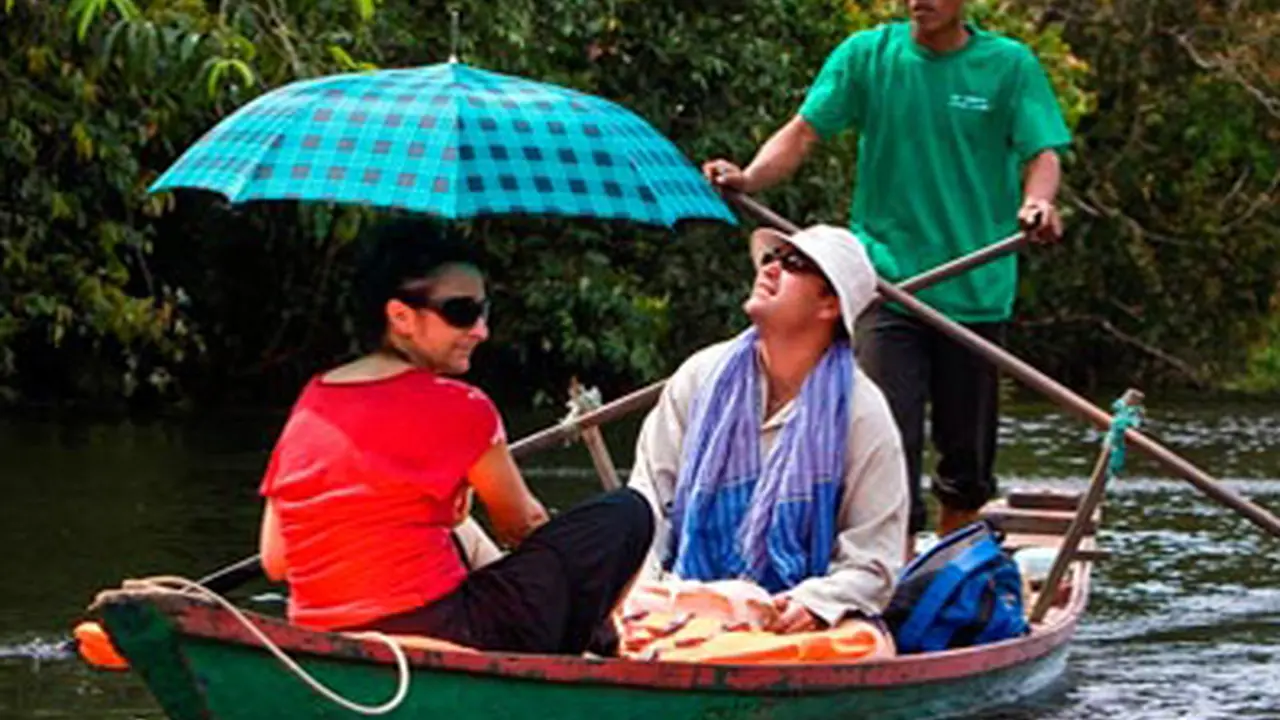Cambodia Jungle Trekking Experience
Immerse yourself in the Cambodian jungle with a thrilling trekking experience. Discover hidden waterfalls, ancient temples, and diverse wildlife. Experience the adventure of trekking through Cambodia's lush rainforests.
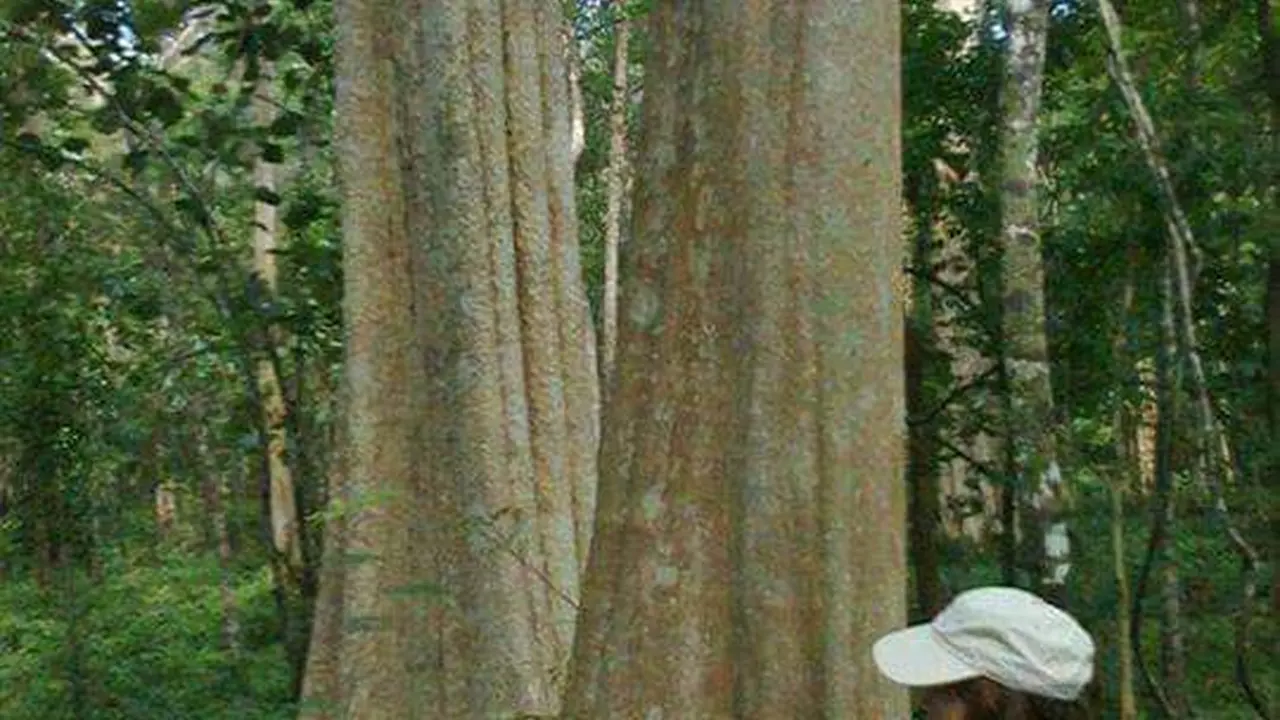
Discovering Cambodia Jungle Trekking Adventures
So, you're thinking about trekking through the Cambodian jungle? Awesome choice! It's not just a walk in the park (literally!), it's a full-on immersion into a world of lush rainforests, ancient mysteries, and incredible wildlife. Forget the crowded tourist spots, this is where you really connect with the heart of Cambodia.
Why Choose Jungle Trekking in Cambodia? Unveiling the Allure
Why Cambodia for a jungle trek? Well, for starters, it's relatively untouched compared to some other Southeast Asian destinations. You'll find genuine wilderness here, with fewer crowds and more authentic experiences. Plus, the cultural aspect is huge. You'll likely encounter local communities living in harmony with the jungle, offering a glimpse into traditional ways of life. And let’s be honest, who doesn’t want to explore ancient temples hidden within the emerald embrace of the rainforest?
Planning Your Cambodia Trek: Essential Considerations
Best Time to Trek: Weather Conditions and Seasonal Variations
Timing is everything! The dry season (November to April) is generally the best time for trekking. The weather is cooler, and the trails are less muddy. Avoid the rainy season (May to October) as the trails become slippery and difficult to navigate, and the humidity can be intense. Plus, leeches are more prevalent during the wet season. No one wants unwanted hitchhikers!
Physical Fitness Requirements: Assessing Your Capabilities
Be realistic about your fitness level. Jungle trekking can be challenging, involving long days of walking in humid conditions, often over uneven terrain. Start training beforehand with hikes, cardio exercises, and strength training. Don't underestimate the importance of strong ankles and knees!
Essential Gear and Equipment: What to Pack for Success
Packing light is crucial, but don't skimp on essentials. Here's a checklist:
- Hiking boots: Broken-in and waterproof.
- Moisture-wicking clothing: Avoid cotton.
- Rain gear: A lightweight waterproof jacket and pants.
- Insect repellent: DEET-based is best.
- Sunscreen: High SPF.
- Hat: Wide-brimmed for sun protection.
- Headlamp or flashlight: With extra batteries.
- First-aid kit: Including blister treatment, antiseptic wipes, and pain relievers.
- Water bottle or hydration pack: Stay hydrated!
- Snacks: Energy bars, nuts, dried fruit.
- Camera: To capture the memories!
Choosing a Reputable Tour Operator: Ensuring Safety and Ethical Practices
Do your research! Choose a tour operator with experienced guides, a strong safety record, and a commitment to responsible tourism. Look for companies that support local communities and minimize their environmental impact. Read reviews and ask for references.
Top Cambodia Jungle Trekking Destinations: Unveiling the Gems
Kulen Mountain National Park: Waterfalls and Ancient Temples
Kulen Mountain is a fantastic option, offering a mix of natural beauty and historical significance. You can visit impressive waterfalls, explore ancient temples, and learn about the area's rich history. The trekking is moderately challenging, making it suitable for most fitness levels.
Virachey National Park: Remote Wilderness and Diverse Wildlife
For a truly off-the-beaten-path experience, consider Virachey National Park. This remote wilderness area is home to a diverse range of wildlife, including elephants, gibbons, and clouded leopards. Trekking here is challenging and requires a good level of fitness, but the rewards are immense.
Cardamom Mountains: Pristine Rainforest and Eco-Tourism
The Cardamom Mountains offer pristine rainforest, stunning waterfalls, and a focus on eco-tourism. You can trek through lush jungle, visit remote villages, and support local communities. This area is known for its biodiversity and offers a unique opportunity to connect with nature.
Encountering Wildlife: Respectful Observation and Safety Guidelines
One of the highlights of jungle trekking is the chance to see wildlife. Remember to observe animals from a distance and avoid disturbing their natural habitat. Never feed wildlife, as this can alter their behavior and make them dependent on humans. Be aware of potential dangers, such as snakes and insects, and follow your guide's instructions.
Products for Your Cambodia Jungle Trekking Adventure: Gear Recommendations
Hiking Boots: Merrell Moab 2 Vent vs. Salomon X Ultra 4
Choosing the right hiking boots can make or break your trek. Let's compare two popular options:
- Merrell Moab 2 Vent: A classic choice known for its comfort and breathability. Great for warmer climates and less demanding terrain. Price: Around $100.
- Salomon X Ultra 4: Offers excellent support and stability, making it ideal for more challenging trails. Waterproof and durable. Price: Around $130.
Recommendation: If you're planning a multi-day trek with uneven terrain, the Salomon X Ultra 4 is worth the investment. For shorter, less demanding hikes, the Merrell Moab 2 Vent provides excellent comfort at a lower price.
Usage Scenario: Imagine traversing a rocky stream bed. The Salomon X Ultra 4, with its superior grip and ankle support, will keep you steady and prevent slips. In contrast, the Merrell Moab 2 Vent might leave you feeling less secure in such a situation.
Insect Repellent: Sawyer Products Premium Insect Repellent vs. Repel 100
Protecting yourself from insects is essential in the jungle. Here's a comparison of two effective repellents:
- Sawyer Products Premium Insect Repellent: Contains 20% Picaridin, providing long-lasting protection against mosquitoes, ticks, and other biting insects. Safe for use on clothing and gear. Price: Around $10.
- Repel 100: Contains 98.11% DEET, offering maximum protection against insects. Use with caution and avoid contact with clothing and gear. Price: Around $8.
Recommendation: For most jungle trekking situations, Sawyer Products Premium Insect Repellent provides adequate protection without the harshness of DEET. Repel 100 is best reserved for areas with extremely high insect populations.
Usage Scenario: Picture yourself setting up camp near a stagnant pool. The Sawyer repellent, with its broader application and lower toxicity, offers a more comfortable and sustainable defense against the inevitable onslaught of mosquitoes. The Repel 100, while potent, may damage your tent fabric if accidentally sprayed.
Water Filter: LifeStraw Personal Water Filter vs. Sawyer Squeeze Water Filter
Access to clean drinking water is crucial during a trek. Here's a comparison of two popular water filters:
- LifeStraw Personal Water Filter: A lightweight and easy-to-use straw filter that removes bacteria and protozoa from water sources. Price: Around $20.
- Sawyer Squeeze Water Filter: A versatile filter that can be used as a straw, attached to a water bottle, or used to filter water into a container. Removes bacteria, protozoa, and microplastics. Price: Around $30.
Recommendation: The Sawyer Squeeze offers more versatility and filters out a wider range of contaminants, making it a better choice for jungle trekking. The LifeStraw is a good backup option.
Usage Scenario: Envision finding a clear, flowing stream. With the Sawyer Squeeze, you can easily fill your water bottle and filter the water as you go, ensuring a constant supply of safe drinking water. The LifeStraw, while functional, requires you to kneel and drink directly from the source, which may not always be convenient or sanitary.
Responsible Tourism: Minimizing Your Impact and Supporting Local Communities
Be a responsible traveler! Respect local customs and traditions. Avoid littering and dispose of waste properly. Support local businesses and communities by purchasing locally made products and services. Choose tour operators that prioritize ethical and sustainable practices.
Safety Considerations: Staying Safe in the Jungle Environment
Potential Hazards: Snakes, Insects, and Other Wildlife
Be aware of potential hazards, such as snakes, insects, and other wildlife. Wear appropriate clothing to protect yourself from bites and stings. Learn how to identify venomous snakes and what to do if bitten. Carry a first-aid kit and know how to use it.
Navigation and Orientation: Staying on Track
Stay on marked trails and avoid venturing off on your own. Carry a map and compass or GPS device and know how to use them. Let someone know your itinerary and expected return time.
Communication and Emergency Procedures: Staying Connected
Cell phone service may be limited in some areas. Consider bringing a satellite phone or personal locator beacon (PLB) for emergencies. Learn basic survival skills and know how to signal for help.
Cultural Immersion: Interacting with Local Communities Respectfully
If you encounter local communities during your trek, be respectful of their customs and traditions. Ask for permission before taking photos. Learn a few basic phrases in the local language. Support local businesses by purchasing their products and services. Be mindful of your behavior and avoid anything that could be considered offensive.
Memorable Moments: Sharing Your Cambodia Jungle Trekking Stories
Jungle trekking in Cambodia is an unforgettable experience. Share your stories, photos, and videos with friends and family. Inspire others to explore the natural beauty and cultural richness of Cambodia. Promote responsible tourism and help protect this amazing destination for future generations.
:max_bytes(150000):strip_icc()/277019-baked-pork-chops-with-cream-of-mushroom-soup-DDMFS-beauty-4x3-BG-7505-5762b731cf30447d9cbbbbbf387beafa.jpg)



